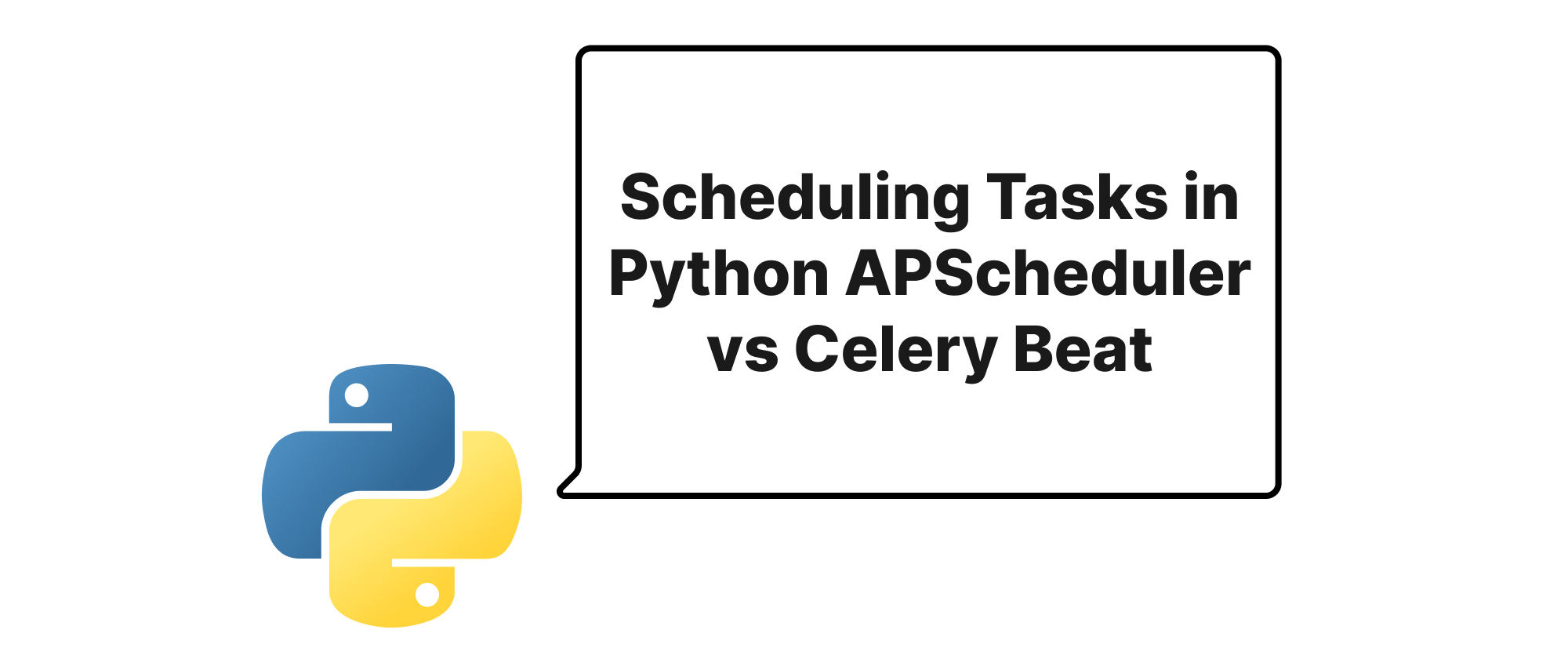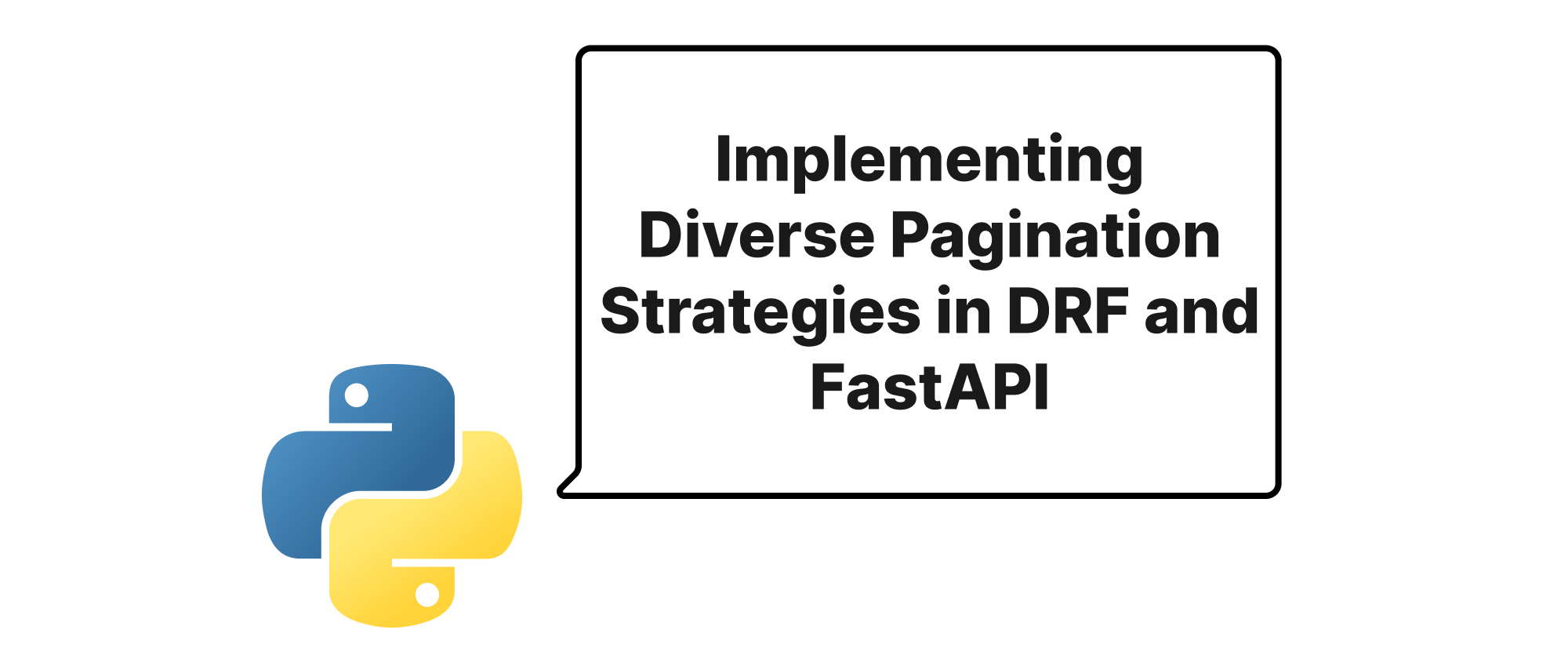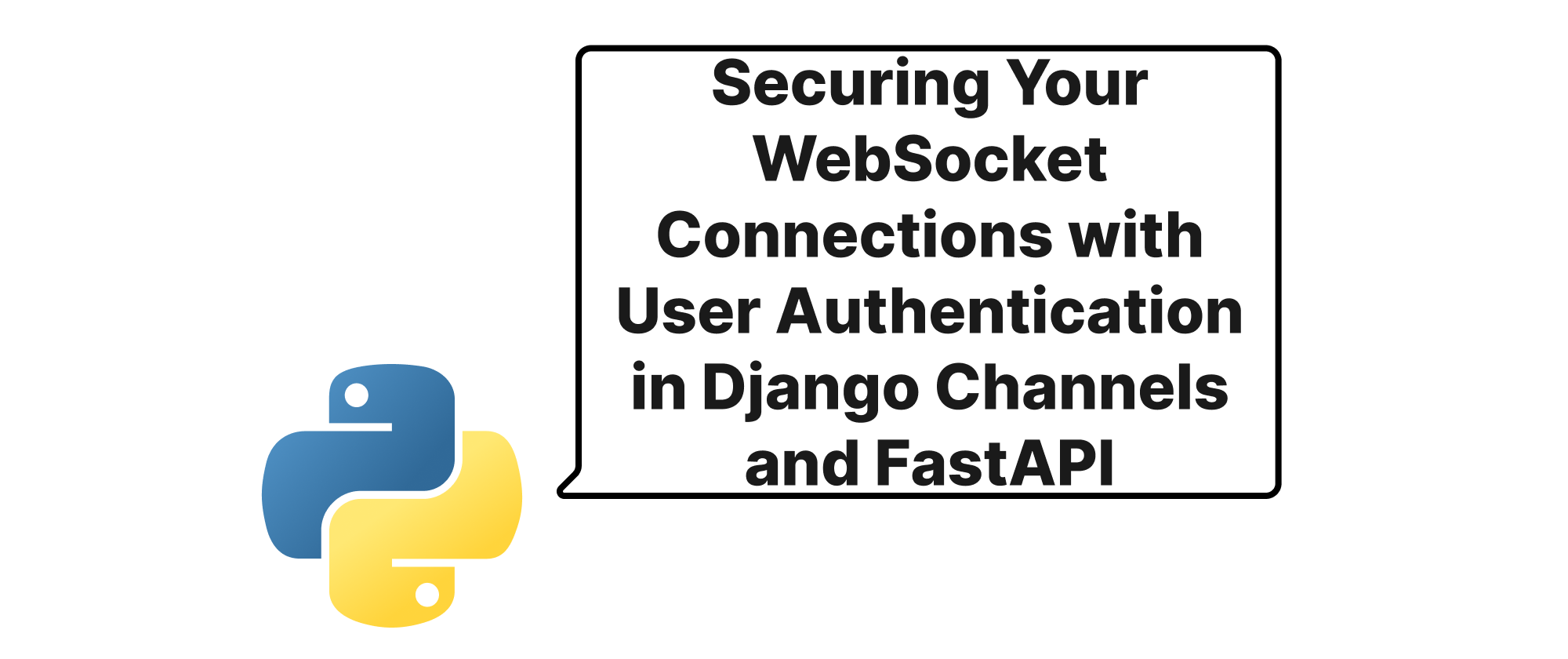Scheduling Tasks in Python APScheduler vs Celery Beat
Olivia Novak
Dev Intern · Leapcell

Introduction
In the world of application development, tasks often aren't a one-and-done affair. We frequently encounter scenarios where certain operations need to be executed at specific times, at regular intervals, or in response to events. Think about sending daily newsletters, generating weekly reports, cleaning up old data, or synchronizing information every hour. Manually triggering these would be inefficient and error-prone. This is where task schedulers come into play, automating these essential processes and ensuring our applications run smoothly and efficiently. Python, with its rich ecosystem, offers powerful tools for this purpose. Among the most popular and versatile are APScheduler and Celery Beat. This article will delve into these two solutions, examining their strengths, use cases, and how to effectively implement them in your Python projects.
Core Concepts of Task Scheduling
Before we dive into the specifics of APScheduler and Celery Beat, let's establish a common understanding of some core concepts related to task scheduling:
- Task: A discrete unit of work that needs to be executed.
- Scheduler: A component responsible for initiating tasks based on predefined rules.
- Job: An instance of a task scheduled for execution.
- Job Store: Where job definitions are stored (e.g., in-memory, database, Redis).
- Trigger: Defines when a job should be executed. Common triggers include:
- Date Trigger: Executes the job once at a specific date and time.
- Interval Trigger: Executes the job repeatedly at fixed time intervals.
- Cron Trigger: Executes the job based on a Unix-like cron expression (e.g., "every Monday at 9 AM").
- Worker: A process or thread that executes the actual task logic. In distributed systems, workers can be distinct from the scheduler.
- Broker (Message Queue): In distributed scheduling, a message queue (like Redis or RabbitMQ) acts as an intermediary, allowing the scheduler to send tasks to workers asynchronously.
APScheduler: In-Process Scheduling for Python
APScheduler (Advanced Python Scheduler) is a Python library that lets you schedule your Python functions to be executed later, either once or periodically. It's an excellent choice for simpler, in-process scheduling needs, especially when you don't require the complexity of a distributed task queue.
How APScheduler Works
APScheduler operates as part of your application's process. It maintains a list of scheduled jobs in a "job store" and uses a "scheduler" to monitor these jobs. When a job's trigger condition is met, the scheduler executes the associated Python function directly within the same process or in a separate thread/process pool it manages.
Key Features and Scenarios
- Flexible Trigger System: Supports date, interval, and cron triggers.
- Multiple Job Stores: Can store jobs in-memory, in a database (SQLAlchemy), Redis, MongoDB, or ZooKeeper, allowing for persistence across application restarts.
- Executors: Allows tasks to be run in a thread pool (default) or a process pool, or even asynchronously.
- Ease of Use: Simple API for adding, modifying, and removing jobs dynamically.
APScheduler is ideal for:
- Small to medium-sized applications needing local, in-process background tasks.
- When a full-fledged distributed task queue is overkill.
- Dynamically adding or removing scheduled jobs at runtime.
- Applications with tasks that are not highly CPU-bound and can run concurrently within the application's process or a few dedicated threads/processes.
Example: Using APScheduler
Let's illustrate how to schedule a simple task with APScheduler.
from datetime import datetime from apscheduler.schedulers.background import BackgroundScheduler import time def my_scheduled_task(message): """A simple task that prints a message and the current time.""" print(f"Task executed at: {datetime.now().strftime('%Y-%m-%d %H:%M:%S')} - Message: {message}") if __name__ == "__main__": # Initialize the scheduler scheduler = BackgroundScheduler() # --- Add different types of jobs --- # 1. Date Trigger: Run once at a specific future time run_time = datetime.now().replace(second=0, microsecond=0) + timedelta(minutes=1) scheduler.add_job(my_scheduled_task, 'date', run_date=run_time, args=['One-time job']) # 2. Interval Trigger: Run every 5 seconds scheduler.add_job(my_scheduled_task, 'interval', seconds=5, args=['Interval job']) # 3. Cron Trigger: Run every day at 10:30 AM # (For demonstration, let's make it more frequent, e.g., every minute for testing) scheduler.add_job(my_scheduled_task, 'cron', minute='*/1', args=['Cron job (every minute)']) # Start the scheduler scheduler.start() print("Scheduler started. Press Ctrl+C to exit.") try: # Keep the main thread alive to allow the scheduler to run while True: time.sleep(2) except (KeyboardInterrupt, SystemExit): scheduler.shutdown() print("Scheduler shut down.")
In this example, we use BackgroundScheduler which runs in a separate thread. We demonstrate how to add jobs with date, interval, and cron triggers. The args parameter allows us to pass arguments to our scheduled function.
Celery Beat: Distributed Scheduling for Python
Celery is a powerful, distributed task queue for Python. It provides the infrastructure to run background jobs asynchronously. Celery Beat is the scheduler component of Celery, designed to run periodic tasks. Unlike APScheduler, Celery is built for distributed environments, enabling scalability and robust task management across multiple machines.
How Celery Beat Works
Celery consists of three main components:
- Producer (Client): Your application code that initiates tasks.
- Broker (Message Queue): A message transport system (e.g., RabbitMQ, Redis, Amazon SQS) that holds tasks until workers are free.
- Worker: A process that continuously fetches tasks from the broker and executes them.
Celery Beat is a separate process that works in conjunction with this architecture. Celery Beat reads periodic task definitions (typically from your application's settings), and when it's time for a task to run, it sends that task to the Celery broker. From there, a Celery worker picks up the task and executes it.
Key Features and Scenarios
- Distributed Architecture: Tasks can be executed on different machines, providing scalability and fault tolerance.
- Reliability: Tasks are put on a message queue, meaning they persist even if workers crash. Retries and error handling are built-in.
- Rich Feature Set: Task routing, rate limiting, task chaining, subtasks, worker pools, monitoring.
- Comprehensive Triggering: Celery Beat primarily uses cron-like expressions and interval-based scheduling.
Celery Beat is ideal for:
- Large-scale applications requiring distributed background task processing.
- Microservices architectures where tasks might be handled by different services.
- When high availability and fault tolerance are critical.
- Long-running tasks that shouldn't block the main application thread.
- Applications with complex task workflows and interdependencies.
Example: Using Celery Beat
To use Celery Beat, you first need to set up Celery itself.
1. Install Celery and a broker:
pip install celery redis
2. Create a celery_app.py file:
# celery_app.py from celery import Celery from datetime import timedelta # Initialize Celery # Replace 'redis://localhost:6379/0' with your broker URL app = Celery('my_app', broker='redis://localhost:6379/0', backend='redis://localhost:6379/1') # Optional: Set timezone for beat app.conf.timezone = 'UTC' # Define periodic tasks using 'beat_schedule' app.conf.beat_schedule = { 'add-every-10-seconds': { 'task': 'celery_app.my_periodic_task', 'schedule': timedelta(seconds=10), 'args': ('Periodic job (every 10 seconds)',) }, 'run-every-monday-morning': { 'task': 'celery_app.my_periodic_task', 'schedule': app.crontab(minute=0, hour=10, day_of_week=1), # Every Monday at 10:00 AM 'args': ('Weekly job (Monday 10 AM)',) }, } # Define your task @app.task def my_periodic_task(message): """A simple task that prints a message and the current time.""" from datetime import datetime print(f"Celery Task executed at: {datetime.now().strftime('%Y-%m-%d %H:%M:%S')} - Message: {message}")
3. Run Celery Beat and a Celery worker:
Open two separate terminal windows.
- Terminal 1 (Celery Beat):
celery -A celery_app beat -l info - Terminal 2 (Celery Worker):
celery -A celery_app worker -l info
You will see output in the worker terminal indicating when tasks are received and executed. Celery Beat will log when it sends tasks to the broker.
In this Celery example, beat_schedule defines our periodic jobs directly in the Celery app configuration. When Celery Beat starts, it reads this schedule and dispatches tasks to the broker at the appropriate times. These tasks are then picked up and executed by the Celery worker(s).
Conclusion
Choosing between APScheduler and Celery Beat largely depends on your project's scale, complexity, and specific requirements. APScheduler excels in simplicity and efficiency for in-process, non-distributed scheduling, perfect for smaller applications or when you need dynamic job management without external dependencies. Conversely, Celery Beat, as part of the Celery ecosystem, is the go-to solution for robust, scalable, and distributedperiodic task management, ideal for large-scale applications requiring high availability and fault tolerance. Both tools are powerful in their respective domains, providing Python developers with effective means to automate and streamline task execution.


